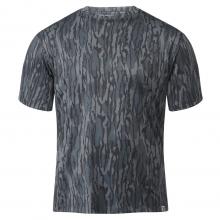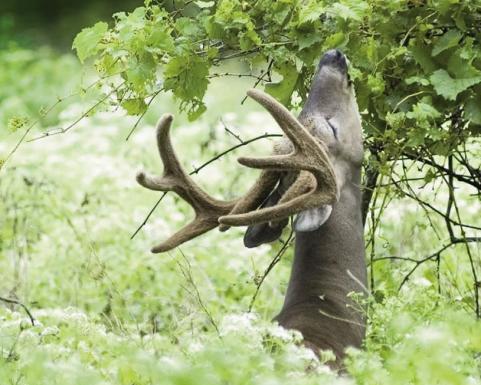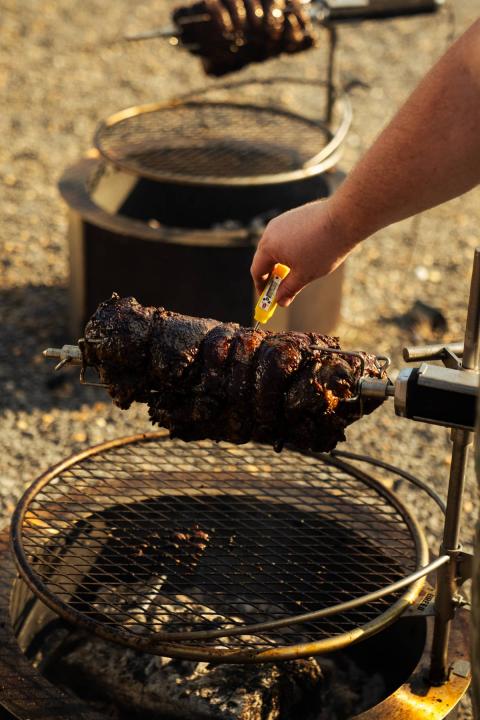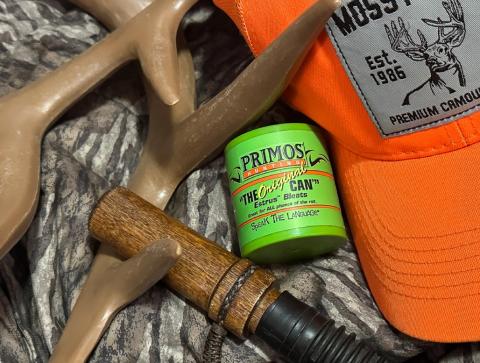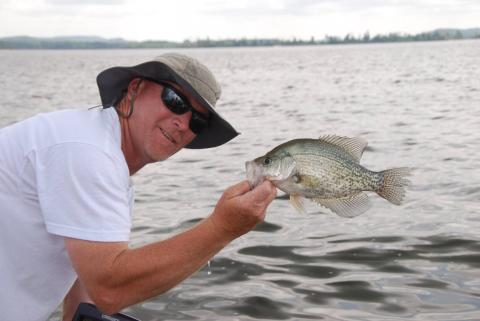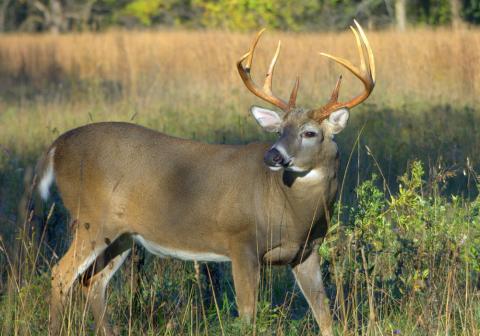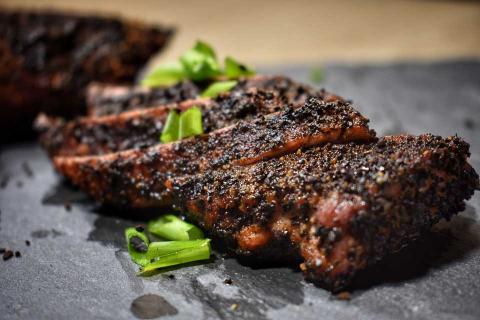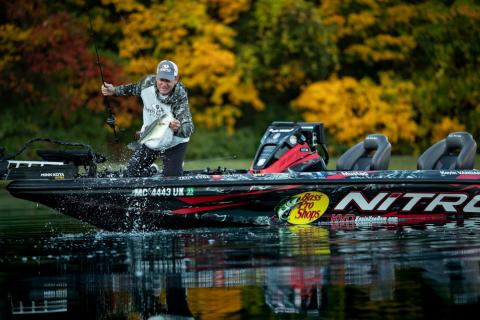by Bob Humphrey
Swine (Sus scrofa)
They’re known by many names: feral hog, feral pig, wild pig, wild boar, razorback. They all share the distinction of being an introduced invasive species.

Description
It’s hard mistaking a wild pig for anything else. Still, despite being considered a single genus and species, feral hogs exhibit a good deal of variation in appearance, from your average barnyard variety domestic pig to true wild boars of Europe and Asia, and everything in between. That’s largely the result of their similarly varied lineage. Some are simply domestic swine that escaped and became feral. Others have a more direct lineage to wild Eurasion subspecies that escaped or were released from captive hunting facilities.
Fur color is also highly variable including black, brown, red, white and often some combination of these. Both boars and sows sport upper and lower incisors referred to as cutters (tusks) and whetters, respectively, though they’re more pronounced on males. Young are alternately referred to as piglets, sucklings, squeakers, shoats or colloquially, snack hogs. Average adult weight is between 75 and 250 pounds though they do get bigger, sometimes much bigger. The current record is Georgia’s famous “Hogzilla,” which dressed out at roughly 800 pounds, was 8 feet long and sported 18-inch tusks. Hogs have relatively poor eyesight but they more than make up for it with their keen sense of smell.
Wild hogs have several characteristics that give them a competitive advantage over native species like deer. They’re prolific breeders. Sows reach sexual maturity at 6-8 months of age. Their relatively short 114-day gestation period allows them to breed twice a year and though average litter size is 4-6 piglets, they can have up to 12. They’re more aggressive so they have no direct competition over food and habitat and are less susceptible to predation. They’re omnivorous, and eat a wide variety of plant and animal food. This more varied diet allows them to flourish when other species struggle to find food.
Distribution

They’re most abundant in the south, from the Carolinas to Texas, the southwest and in California and Oregon. However, they range as far north as New England, Michigan and North Dakota.
Management
In addition to out-competing native species for food and habitat, hogs can be very destructive to wildlife habitat and agriculture. According to the USDA, they’re responsible for $1.5 billion in damages annually.
Hunting
Their one redeeming quality is providing a source of recreational hunting. One is hunting. Many states allow year-round hog hunting, often with no bag limit and less restrictive regulations on weapons and hunting methods. This helps hunters, guides and outfitters fill gaps between seasons, and they’re often taken as targets of opportunity by those hunting for other species.
Read More: The Feral Hog Dilemma






